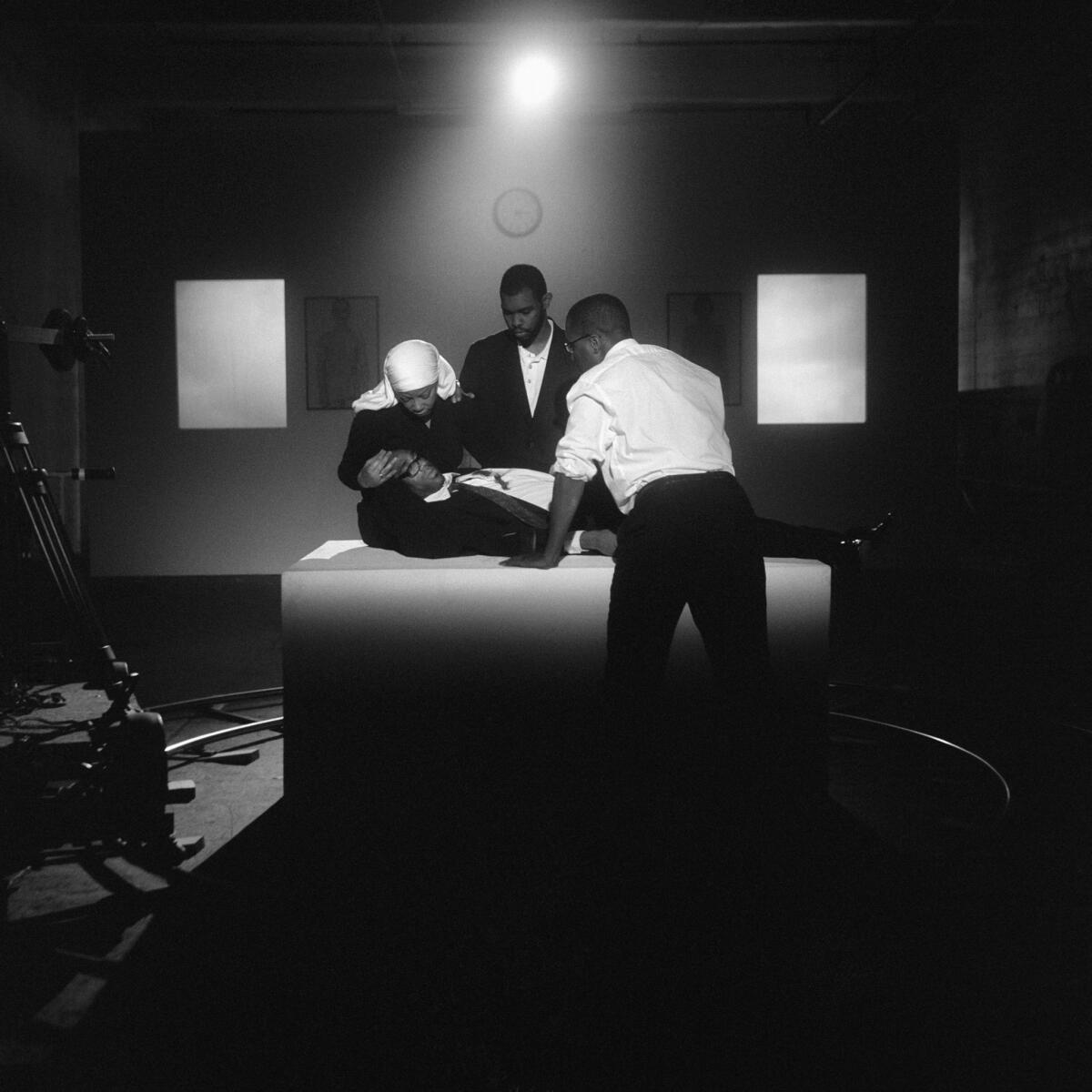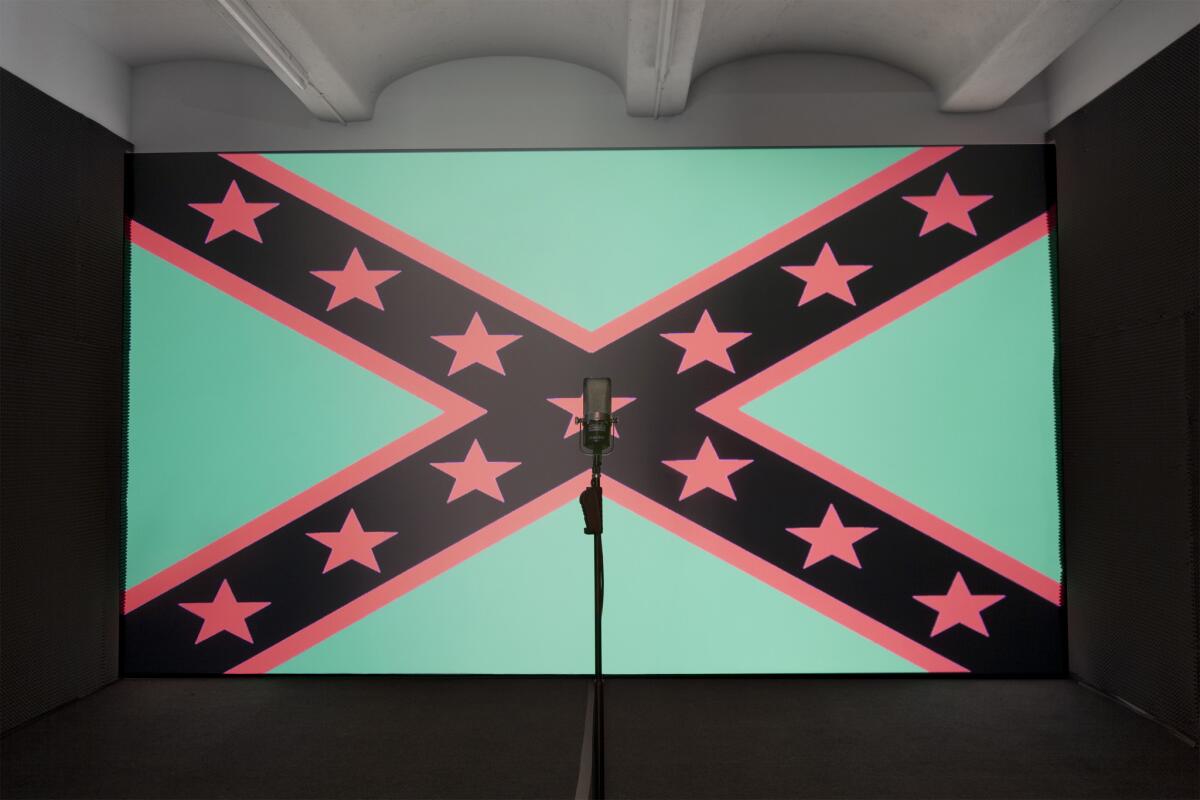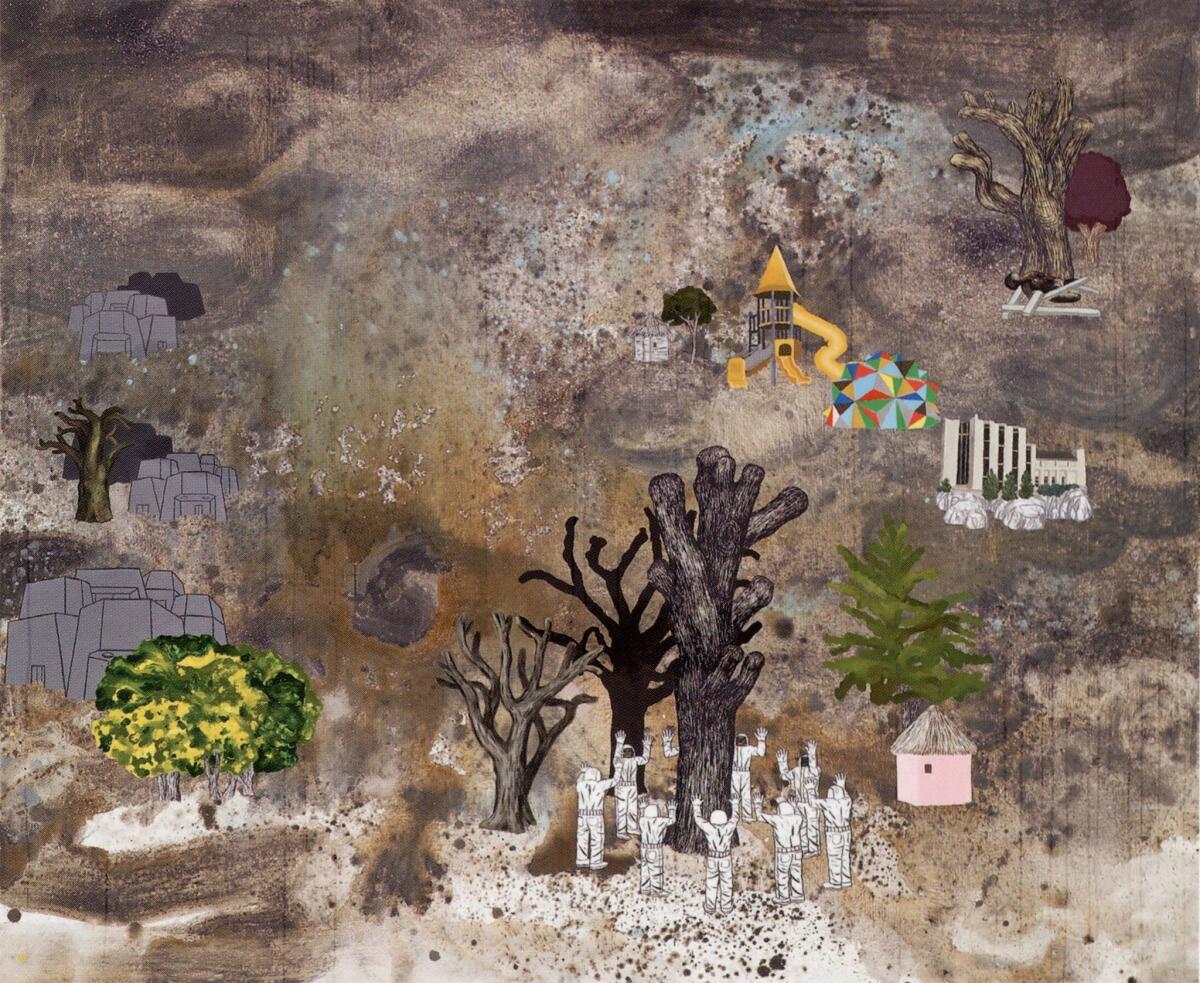‘All Power to the People’ explores the often misunderstood history of the Black Panther movement
When the Oakland Museum of California decided three years ago to create an exhibition commemorating the 50th anniversary of the Black Panther Party and its significance to black people, the museum didn’t know exactly how the discussion of race and gender inequality would reverberate in 2016.
“It’s fascinating to observe the parallels in terms of themes and issues that were true 50 years ago and are relevant today,” said René de Guzman, curator of “All Power to the People: Black Panthers at 50.” The exhibit, which runs through Feb. 12, explores the often misunderstood history of the controversial and revolutionary party.

More than 200 objects on view look at aspects of the Black Panthers that are less known, such as the Free Breakfast for School Children Program as well as the Ten Point Program of principals and political demands written by co-founders Huey Newton and Bobby Seale. Their original purpose of protecting residents from police brutality closely aligns with the Black Lives Matters movement of today.
But also on view are rare artifacts and art such as a clenched fist made of wood. The show provides a contemporary view of the party with works by modern-day artists Hank Willis Thomas, Carrie Mae Weems, Mark Teemer and Trevor Paglen, whose emphasis is on mass surveillance.
Thomas’ maze-like quilt, made of decommissioned orange and white prison uniforms, hides the message “We the People.”

A confiscated Panther rifle was repurposed into folk art with imagery of the group by Teemer, a former member and a Vietnam combat illustrator.
Paglen’s landscape photo of a white streak against a night sky draws similarities to high-tech government intelligence “black sites,” Internet eavesdropping facilities and the secret FBI counterintelligence program COINTELPRO initiated by Director J. Edgar Hoover.
“We included the photograph because it evokes ideas around state repression and how government handles dissent,” De Guzman said. “The intention of the FBI program was to discredit the movement, a key part of the Panthers’ story that led to the end of the party.”

Follow The Times’ arts team @culturemonster.
The biggest entertainment stories
Get our big stories about Hollywood, film, television, music, arts, culture and more right in your inbox as soon as they publish.
You may occasionally receive promotional content from the Los Angeles Times.







